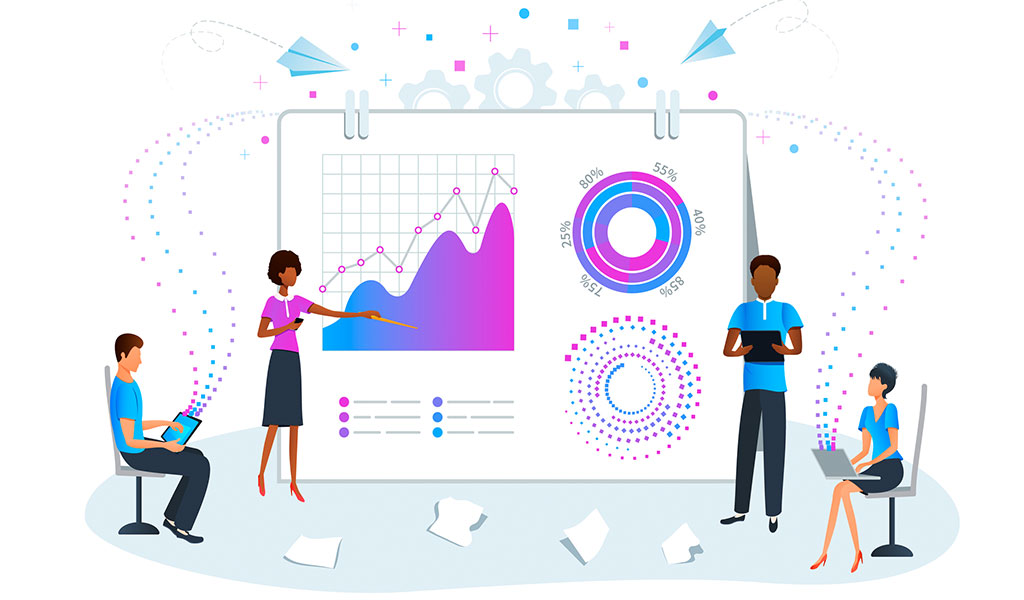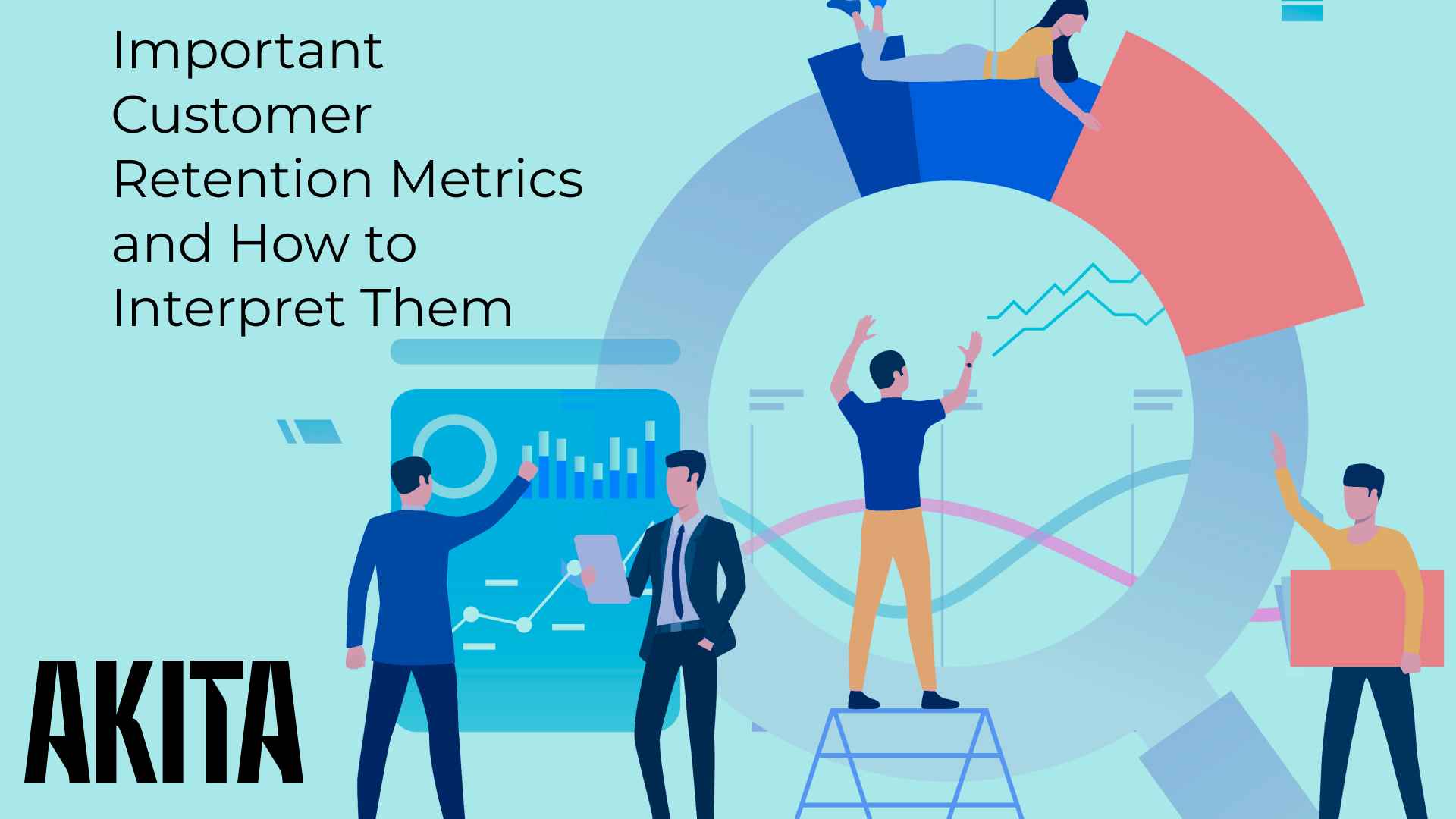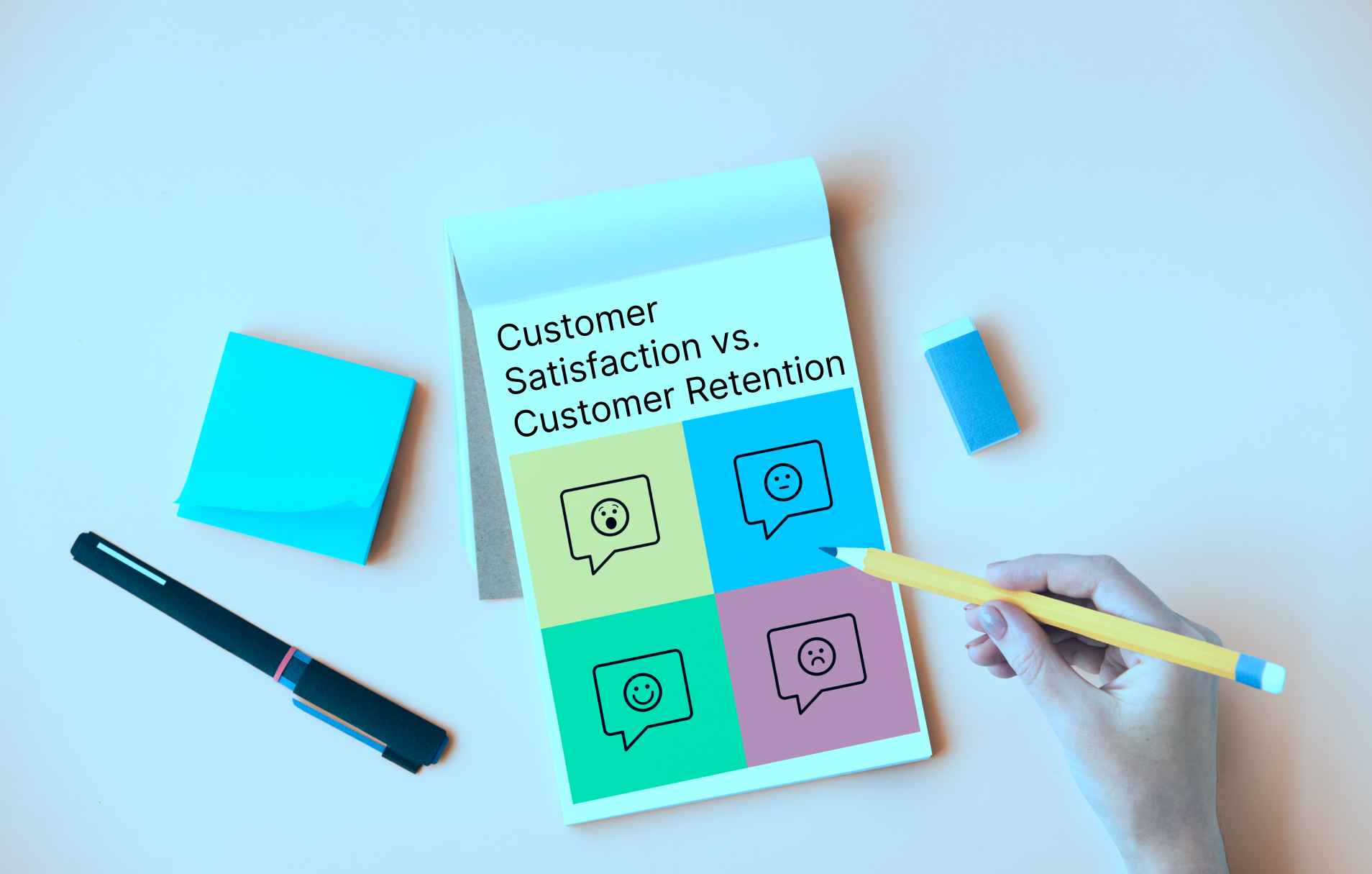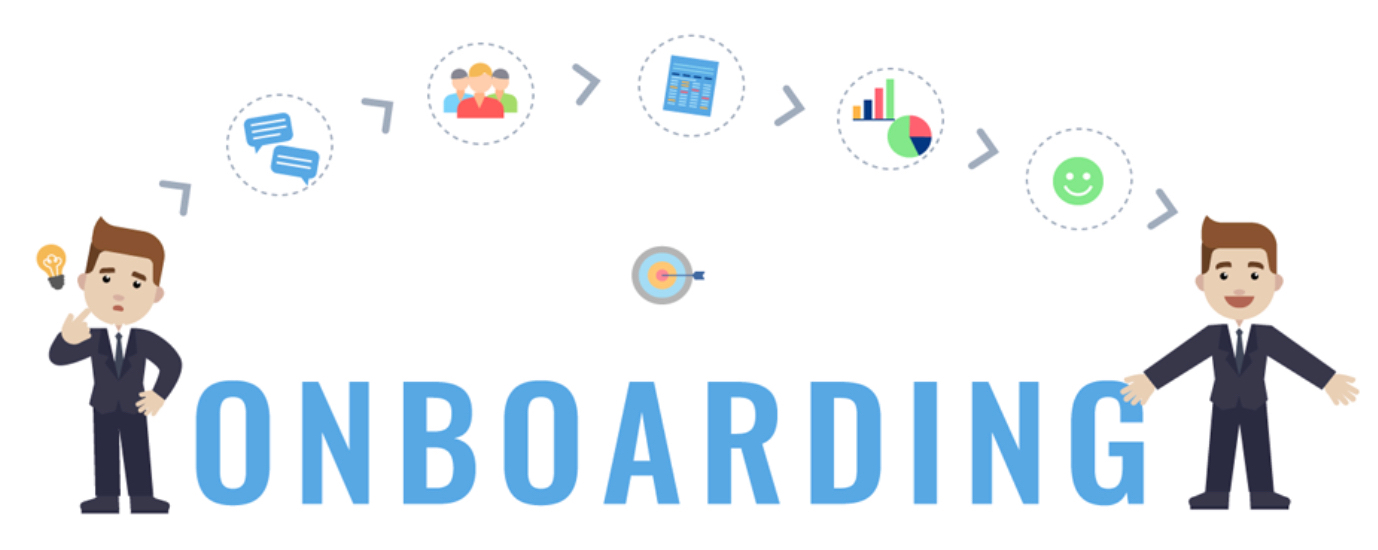Predictive Analytics for Customer Retention

Having a solid customer acquisition strategy is a must for any business, yet what counts the most is the business’s ability to keep the current customers satisfied and ready for recurring and bigger purchases. This process is called customer retention.
Establishing a long-term relationship with the customers increases brand loyalty, gives sufficient evidence that the product the business offers is of high-quality, and finally, improves sales and revenue. Since all these segments are crucial for any company, it is important to be prepared to act effectively if there is a possibility that a customer may lose interest in your brand.
Predicting customer retention is key to SaaS growth. Analyzing customer data will help you achieve this. Once the company is equipped to conduct a proper and thorough retention analysis on each customer, it gives it a deep insight into the customers’ behavior backed up by extensive data. Sometimes, making even a small change in the approach can go a long way and significantly reduce customer churn.
Ready to dive deep and get some first-hand information on how to predict customer retention? Stay with us!
What Is Customer Retention?
Having a substantial customer base doesn’t happen by chance. It takes a lot of work, time, and investment to create one. However, making sure that the customer base remains healthy and happy at all times requires companies to continually nurture the given relationships.
Besides treating the customers to excellent customer service, competitive prices, and competitive products, it is essential to identify what might be turning them off. This is precisely where customer retention forecasting proved to be incredibly useful. By collecting data on the customers’ behavior and getting real-time feedback, we can predict or easily conclude the potential indicators of churn.
To put it simply, customer retention is a company’s capability to retain the current customers for as long as possible, and therefore continually generate revenue from them.
Why use Predictive Analytics for Customer Retention?
If customers are overall content with the brand, they will most likely remain loyal to it. Still, making sure that they know how appreciated their loyalty is should always remain the company’s top priority.
- Understanding Customer Behavior Allows To Predict Customer Retention Rate
Conducting predictive analytics for customer retention enables us to recognize the signs of a customer losing interest, and therefore, come up with the plan to keep them engaged. Whether we are facing complaints, negative reviews, infrequent buying patterns, or poor email engagement, creating a personalized strategy can help keep a customer active.
- Rewarding Most Loyal Customers Increases Their Retention Further
One of the benefits of having a complete insight into the customer retention data is knowing where to put some extra effort. By forecasting customer retention, you can anticipate the lifetime value of a certain customer. For those who bring or would potentially bring more value to your business, you can invest more in marketing and create various loyalty programs, place product recommendations, launch multiple lost-purchase email campaigns, and much more.
- Improving Customer Experience by Tracking the Right Metrics
Each customer requires a different approach. Identifying their needs at a certain time is crucial for maintaining a meaningful relationship. Then, segmenting them into specific groups allows you to create a customized approach that could improve the metrics.
Firstly, forecasting customer retention can be successfully optimized by defining the metrics you’ll follow. The most common ones include churn rate, Net Promoter Score (NPS), and Net Revenue Retention (NRR).
Once we get familiar with all the data, we can place customers with similar metrics into the same groups and see how they react to our newly tailored promotional strategies. Based on the response, we can improve customer experience at every step of the way.
With our all-in-one customer success software Akita, you can filter your customers by any quality, add several columns to a segment, and quickly find any account with a search within the segments. Also, every tracked metric can be visualized, and their overall performance reviewed and comprehended within seconds. By combining any segment and its metrics with other lists and charts, you get a full overview of each customer.
- Minimizing Costs and Increasing Revenue
It is a well-known fact that acquiring a new customer can be quite costly. It is also time-consuming. It takes time to identify your targetaudience, create inbound and outbound marketing strategies, and wait for responses that are usually much less enthusiastic than youwish. Then, you need to have some patience while your customers get to love your brand and get to trust your company.
This is where predictive analytics customer retention comes in handy, as it allows youto monitor your current customers’ behavior, collect and analyze data, and act accordingly. Nevertheless, a loyal customer is one of the best advocates for good mouth-of-word marketing.
Losing a customer inevitably affects revenue, so being more predictive for customer retention can help businesses save money in the long run. With the customer data that you have, you can easily recognize patterns that lead to inactivity, and do what we can to re-engage the customer.
How To Predict Customer Retention?
Customer churn is, unfortunately, an integrated part of any business. It represents a percentage of customers the company lost at a certain point. For example, if you had 200 customers at the beginning of Aug and then 20 of them left at the beginning of Sep, it means that your company’s churn rate for a given month is 10%.
However, being able to predict the churn and prevent its increase, gives you a chance to always be familiar with your revenue. Even better, it allows you to improve certain areas of the business that are proven to be weak at some point.
You can determine the customer churn period by comparing the least frequent buyer with the average one. When you get the data, you can begin to create a churned customer profile that contains its characteristics like feedback, reviews, buying habits, and more. Once you notice a similar behavioral model with an active customer, youcan then form a certain set of re-engaging actions that can help you retain the customer.
There are multiple factors that can predict customer retention. One of the most efficient models that can combine multiple factors and show their amplitudes and relations in a statistical diagram is known as Probit regression.
What Is Probit Regression?
Probit regression is a binary estimation of customers’ future behavior based on the multiple traits they exhibited throughout their engagement with a company. Everything from product choices to buying behavior, or feedback can enter into the equation. Even though customer behavior prediction can’t ever be fully accurate, Probit regression brings us as close as possible to establishing a certain connection between customer behavior and churn rate.
The first thing is deciding which variables will be taken into consideration. What comes next is data collection. If one of the variables for customer retention includes promotional effectiveness, you can ask your customers multiple questions related to NPS and determine how satisfied they are or were with your product or service.
Once all the data is collected and input, you can begin with the research. The diagrammatic demonstration will give more comprehension of how each variable affects customer retention. In the end, the results will inspire you to create an effective plan to retain your customers and avoid making the same mistakes in the future.
Can Customer Success Software Help Increase Customer Retention Rate?
Absolutely! Customer Success solutions like Akita are specifically designed to centralize all of your customer data into one place. The software can then monitor your customers’ health and identify key changes to their profile or behavior. Akita will then alert you of these changes or automate a process to ensure the correct action is being taken to maximize retention rates.
In the example below, customer data from multiple sources is being queried to identify which customers may be at risk of churn.
Frequently Asked Questions
Who can use predictive analytics for customer retention?
Even though customer retention is most relevant for SaaS or e-commerce businesses with a subscription-based model, every business can benefit from having a solid and extensive base of satisfied customers. So, the answer is everyone. Yes, even the small businesses and startups, as they know very well that you should treat your customers as you wish to be treated.
Will customer retention work In 2024?
Of Course! Acquiring a new customer can be extremely expensive, businesses will do their best to keep the ones they have happy and ensure sustainable growth.
What is the average customer churn rate?
It depends on the industry and the size of the company. For example, established companies should have less than 1% in monthly churn, while small and medium-sized businesses go from 3 to 5%. Having a higher churn rate? Try using customer retention strategies and stay relaxed.





